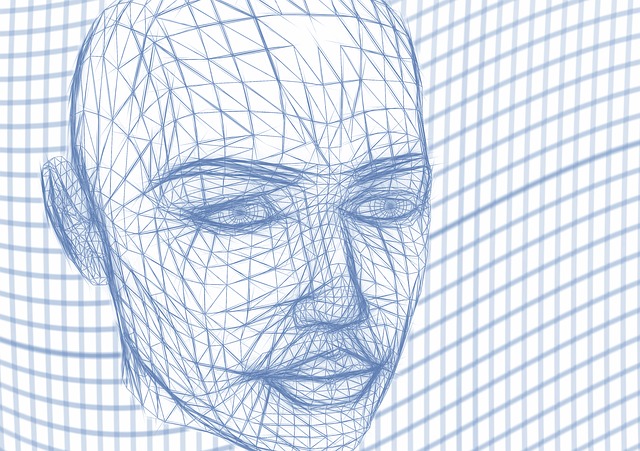Protecting Against AI’s Existential Threat
By Ilya Sutskever and Dario Amodei,
Wall Street Journal
| 10. 18. 2017
How to avoid the nightmare scenario of artificial intelligence? According to researchers from Elon Musk’s OpenAI, the trick is teaching machines to keep our interests in mind
On July 8, 2017, an AI system built by our research company, OpenAI, beat a semipro human player in solo matches of a battle arena video game called Dota 2. One month later, the same AI system beat a professional gamer ranked in the top 50. Three days after that it defeated the No. 1 solo Dota 2 player in the world. And it kept getting better: The Aug. 11 version of our AI beat the Aug. 10 version 60% of the time. Our AI learned to trick its opponents, predict what it couldn’t see and decide when to fight and when to flee.
Keeping a Careful Eye on AI
How do you create AI that doesn’t pose a threat to humanity? By teaching it to work with humans. Open AI collaborated with DeepMind, Google’s AI division, to design a training method that incorporates regular human feedback. The idea is to “humanize” AI...
Related Articles
By Grace Won, KQED [with CGS' Katie Hasson] | 12.02.2025
In the U.S., it’s illegal to edit genes in human embryos with the intention of creating a genetically engineered baby. But according to the Wall Street Journal, Bay Area startups are focused on just that. It wouldn’t be the first...
Several recent Biopolitical Times posts (1, 2, 3, 4) have called attention to the alarmingly rapid commercialization of “designer baby” technologies: polygenic embryo screening (especially its use to purportedly screen for traits like intelligence), in vitro gametogenesis (lab-made eggs and sperm), and heritable genome editing (also termed embryo editing or reproductive gene editing). Those three, together with artificial wombs, have been dubbed the “Gattaca stack” by Brian Armstrong, CEO of the cryptocurrency company...
Alice Wong, founder of the Disability Visibility Project, MacArthur Genius, liberationist, storyteller, writer, and friend of CGS, died on November 14. Alice shone a bright light on pervasive ableism in our society. She articulated how people with disabilities are limited not by an inability to do things but by systemic segregation and discrimination, the de-prioritization of accessibility, and the devaluation of their lives.
We at CGS learned so much from Alice about disability justice, which goes beyond rights...
By Adam Feuerstein, Stat | 11.20.2025
The Food and Drug Administration was more than likely correct to reject Biohaven Pharmaceuticals’ treatment for spinocerebellar ataxia, a rare and debilitating neurodegenerative disease. At the very least, the decision announced Tuesday night was not a surprise to anyone paying attention. Approval...




